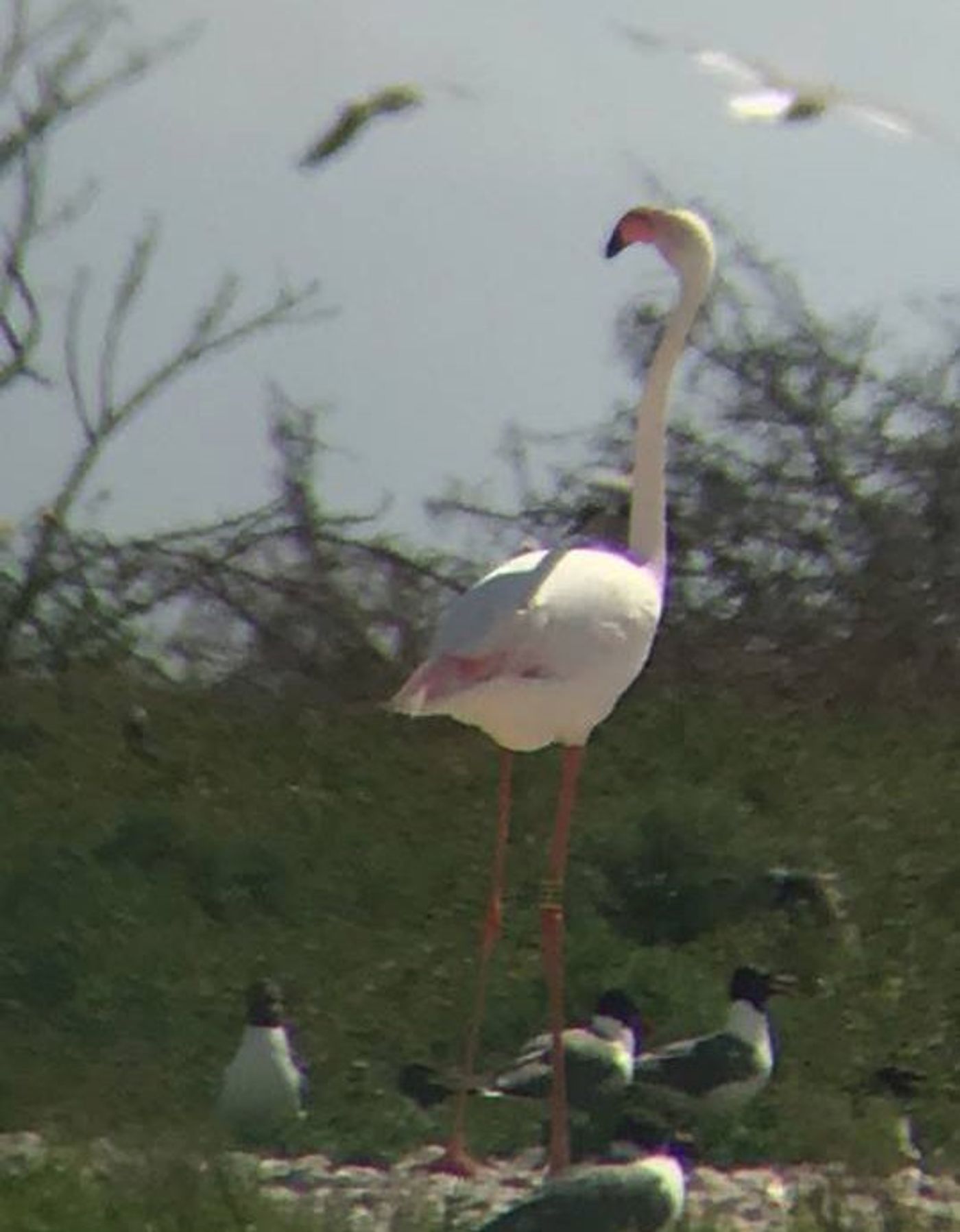Kansas Zoo Flamingo Escapee Spotted in Texas
Kansas Zoo lost two of its flamingos in 2005 after negligent staff allowed them to go too long between feather trimming procedures, a measure that was used to prevent the birds from flying away.
Now, an official with the Texas Parks and Wildlife Department claims to have spotted one of these flamingo escapees in Lavaca Bay of the Lone Star State some 13 years later.
Image Credit: TX Parks & Wildlife/Twitter
Many captive animals carry tags for identification purposes, and these flamingos were no exception. One of them bore the number 347 on its tag, while the other carries the number 492.
When the Texas Parks and Wildlife Department official happened upon the unusual flamingo sighting this summer, one of the first things he noticed was the tag it wore on its right leg. Upon taking a closer look, the tag displayed the number 492.
Related: Florida man jailed after lethally attacking a flamingo at Busch Gardens
Flamingo #492 has allegedly been spotted throughout various states since it escaped Kansas Zoo in 2005, but flamingo #347 seems to have dropped off the face of the Earth; many animal experts believe that it may be deceased.
Both flamingos, which were native to Tanzania, arrived at the United States in 2003 with 38 others. Unfortunately, they were too mature to have their wings clipped, a means of permanently disabling the birds’ flight capabilities.
Trimming their feathers was the next best option, but it required constant maintenance. Tantamount to a person receiving a haircut, trimming a bird’s feathers is a painless procedure; it reduces the wing’s surface area and prevents it from catching any air when flapped.
Related: Tropical birds may live longer than their temperate counterparts
Flamingos can live to be approximately 40 years old and given that flamingo #492 is thought to be around 20-23 years of age, this probably won’t be its final sighting in the wild. The only question is: where might it pop up next?
Source: BBC, New York Times









